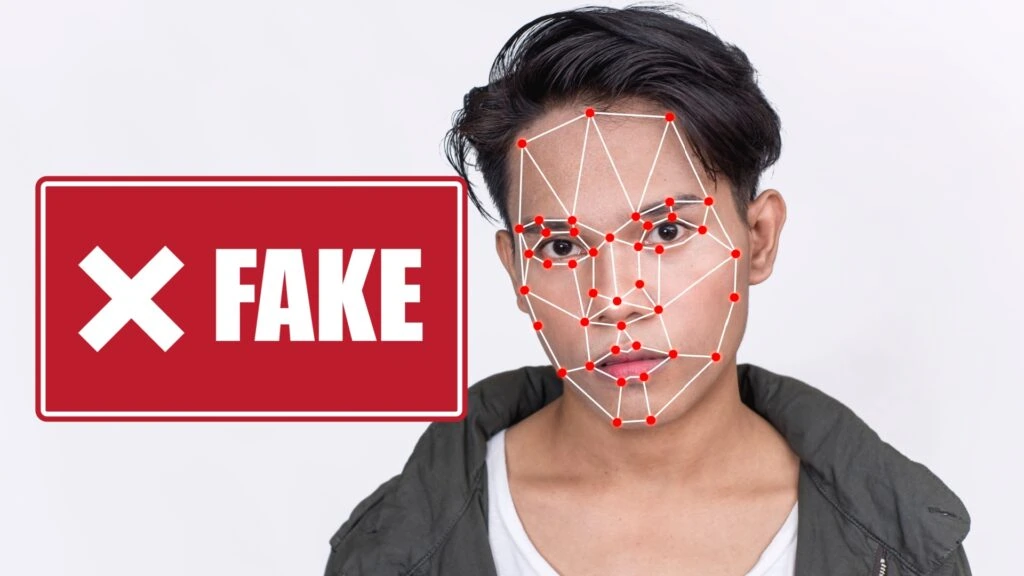A team of researchers at the University of California Riverside has developed an AI that reliably recognizes sophisticated deepfakes. Unlike previous technologies, the system not only analyzes faces, but the entire video footage in order to expose fake videos.
Deepfake detection on a new level
Researchers at the University of California Riverside, together with experts from Google, have developed an innovative tool that can detect manipulated videos. The artificial intelligence goes far beyond previous methods, which mainly focused on the exchange of faces or changes in voice. The new system analyzes the entire image – from backgrounds to movement patterns – and thus detects even complex fakes.
Check the video holistically
The AI model called “Universal Network for Identifying Tampered and synthEtic videos” (UNITE) relies on a comprehensive analysis of video sequences. Rohit Kundu, PhD student at the university, explains: “Deepfakes have evolved. It’s no longer just about exchanging faces. With powerful generative models, people are now creating completely fake videos, from faces to backgrounds. Our system is designed to recognize all of this.”
Earlier deepfake detectors focused almost exclusively on facial features. “If there is no face in the image, many detectors simply don’t work. But disinformation can take many forms. Even changing the background of a scene can distort the truth,” emphasizes the scientist.
Artificial intelligence as the guardian of truth
UNITE uses a deep learning model that detects spatial and temporal inconsistencies in videos. It is based on the “SigLIP” AI architecture, which extracts features that are independent of people or objects. A special training method called “Attention Diversity Loss” forces the system to monitor different areas of the image and not focus solely on faces.
The cooperation with Google enabled access to the large data sets and computing capacities required to train the AI. Kundu summarizes: “People have a right to know whether what they see is real. And as AI gets better at falsifying reality, we need to get better at uncovering the truth.”
(vp/pressetext.redaktion)






